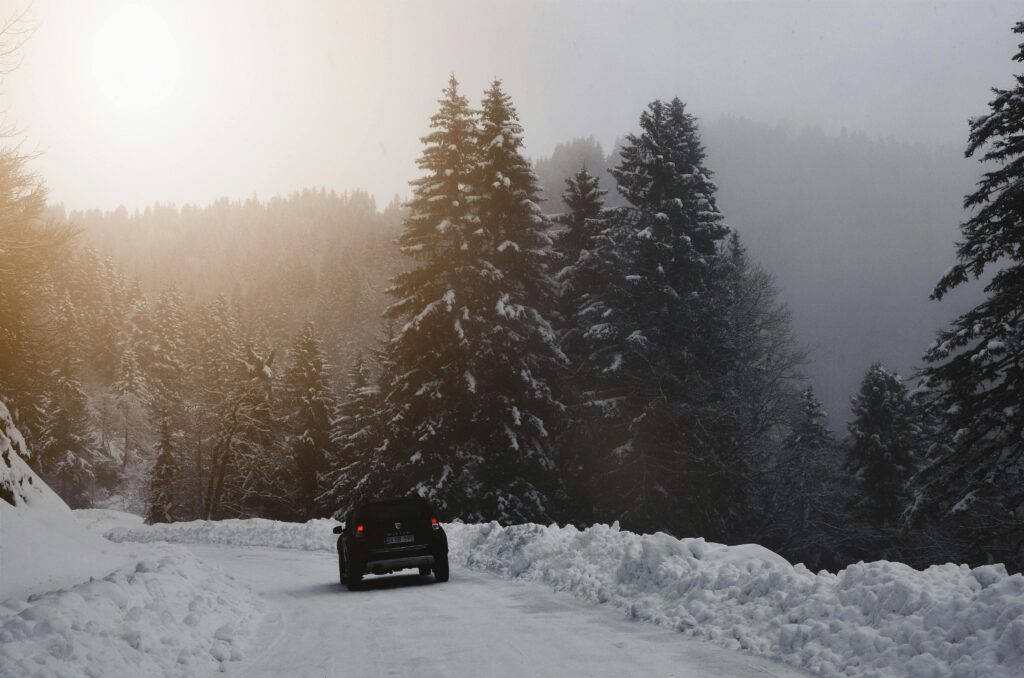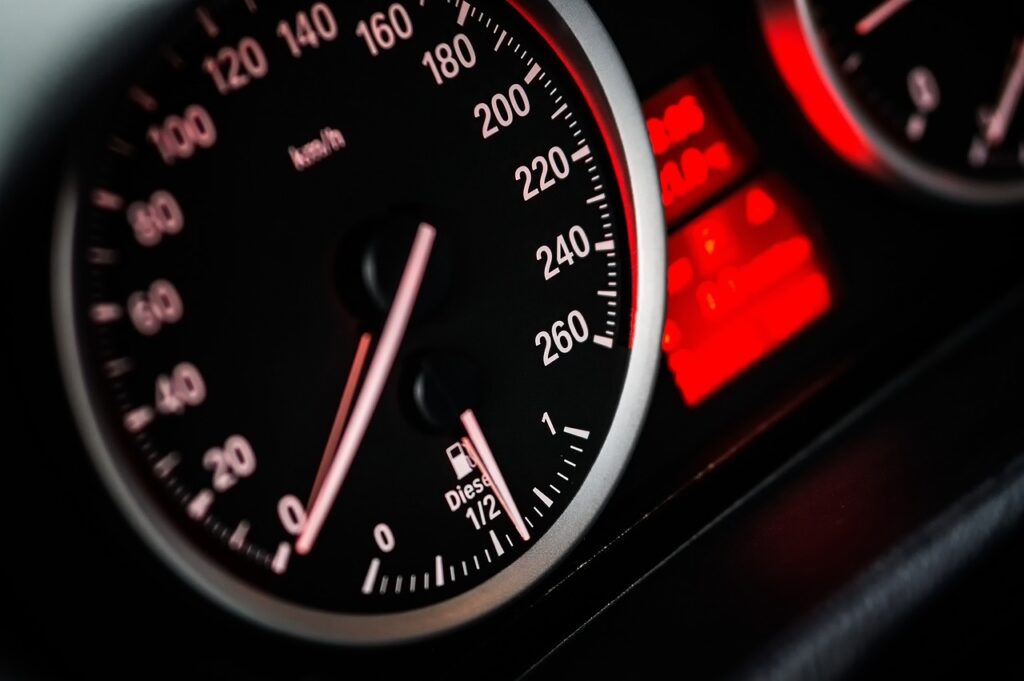Driving in winter conditions can be quite challenging, especially when roads are covered in snow or ice. Slippery roads can make it difficult to maintain control, so it’s essential to know the right techniques for safe driving. In this article, we’ll discuss important winter driving tips and preparations to help you stay safe on the road.

Photo Source : Pexels
1. Use Winter Tires
Maintaining control of your vehicle is the most crucial aspect of winter driving. That’s why using winter tires is essential. These tires provide better grip than regular tires and perform well on snowy and slippery roads.
Tips:
Use winter tires: They remain flexible in low temperatures and provide better traction on ice and snow.
Consider studded or chained tires: If you drive in heavy snow, studded or chained tires can be helpful.
Check tire pressure regularly: Cold temperatures can lower tire pressure, so check it frequently.
2. Control Your Speed and Drive Slowly
Black ice (a thin layer of invisible ice) or packed snow on the road can make your vehicle lose control. Reducing speed and applying brakes gently is crucial for safe driving.
Tips:
Drive slowly and avoid sudden braking.
Maintain a safe distance between vehicles, as stopping takes longer on icy roads.
Use ABS (Anti-lock Braking System) and Traction Control for better stability.
Cold weather reduces battery performance, so it’s important to check it before driving.

Photo Source : Pixabay
3. Check Your Car Battery
Tips:
Ensure your battery is fully charged and replace it if necessary.
Keep the battery terminals clean to prevent freezing issues.
Let the engine warm up for a few minutes before driving.
4. Use Antifreeze and Windshield Washer Fluid
Your engine coolant and windshield washer fluid can freeze in extreme cold. Using antifreeze ensures smooth operation.
Tips:
Use winter-grade coolant to prevent engine freezing.
Use windshield washer fluid that won’t freeze in low temperatures.
Keep a de-icer spray to clear frozen windshields quickly.
5. Check Headlights and Brake Lights
Fog, snowfall, or mist can reduce visibility, making it essential to keep your lights functional and clean.
Tips:
Ensure headlights and brake lights are clean and working properly.
Use Daytime Running Lights (DRL) in foggy conditions.
Turn on fog lights when visibility is extremely low.
6. Carry an Emergency Kit
Unpredictable weather conditions can leave you stranded, so keeping an emergency kit in your car is a wise decision.
Essential items for your emergency kit:
Ice scraper and snow brush – To remove ice from the windshield.
Warm blankets and extra winter clothing – In case you get stuck.
Flashlight and extra batteries – Useful in the dark.
First-aid kit – For minor injuries.
Extra fuel container – Fuel stations may not be available nearby.
Snow chains or sand – Helps if your car gets stuck in the snow.
7. Keep Your Exhaust Pipe Clear
If your exhaust pipe is blocked by snow or mud, carbon monoxide gas can leak into your car, which is extremely dangerous.
Tips:
Regularly check and clean your exhaust pipe.
Before starting your car, ensure the exhaust is not blocked.
Avoid running your engine for long periods in enclosed spaces like garages.
8. Learn How to Drive on Snowy Roads
Driving on snowy roads requires special skills to avoid accidents.
Tips:
Hold the steering wheel gently and avoid sudden turns.
Brake gradually instead of applying sudden pressure.
If your car starts skidding, steer in the direction of the skid to regain control.
Be cautious of black ice, which is nearly invisible and extremely slippery.
9. Keep Your Fuel Tank Full

Photo Source : Pexels
Getting stuck in traffic for long periods during winter is common, so keeping enough fuel in your tank is necessary.
Tips:
Never let your fuel tank drop below half.
For electric vehicles (EVs), keep the battery at least 50% charged since cold weather drains battery power faster.
10. Check Weather and Road Conditions Before Traveling
Before heading out, check the weather forecast and road conditions to avoid getting caught in a snowstorm.
Tips:
Check the weather forecast before driving.
Use Google Maps or traffic apps to stay updated on road conditions.
Postpone your trip if necessary for safety.
Conclusion
Safe driving in winter conditions requires proper preparation and awareness. Ensuring your tires, battery, brakes, headlights, and emergency supplies are in good condition can help prevent accidents.
How is your winter driving experience? Do you have any additional tips? Let us know!


